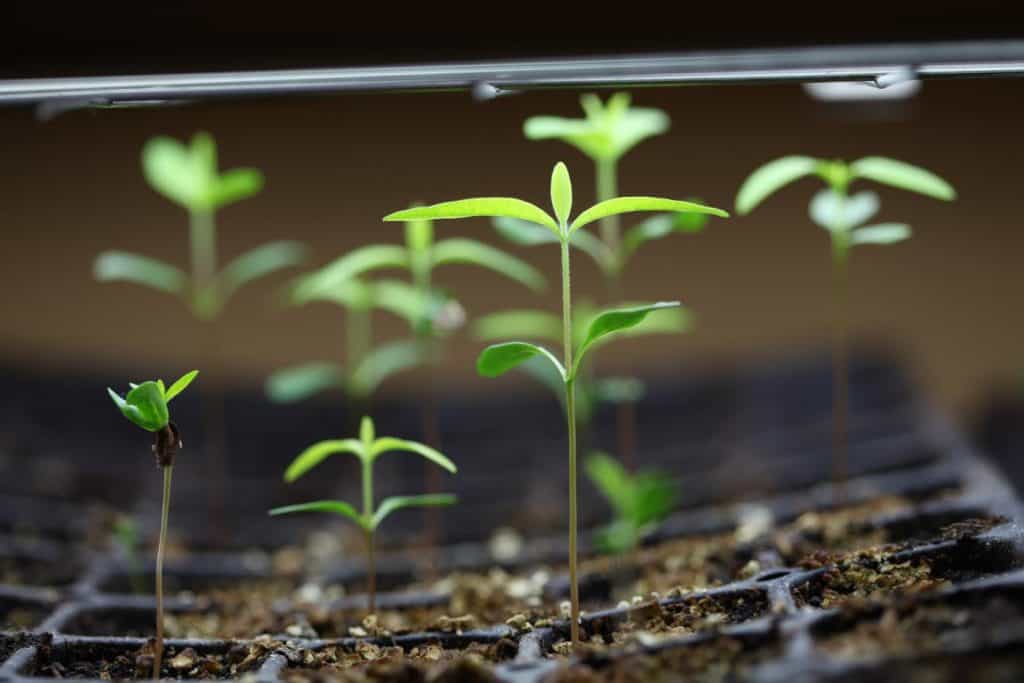Step-by-Step Instructions for kids under 12, with adult supervision.

Introduction
Welcome, young Butterfly Farmers! Today, we’ll learn how to grow beautiful Asclepias Tuberosa, commonly known as Butterfly Weed. These vibrant flowers attract butterflies, bees, and other pollinators to your farm, garden, yard, or class. Best of all, Asclepias Tuberosa are “native” across most of North America.
Pronounce Asclepias Tuberosa: “ah-SKLEP-ee-us too-ber-OH-sah”

NOTE: Milkweed is the ONLY kind of plant Monarch Butterflies can eat as baby caterpillars!
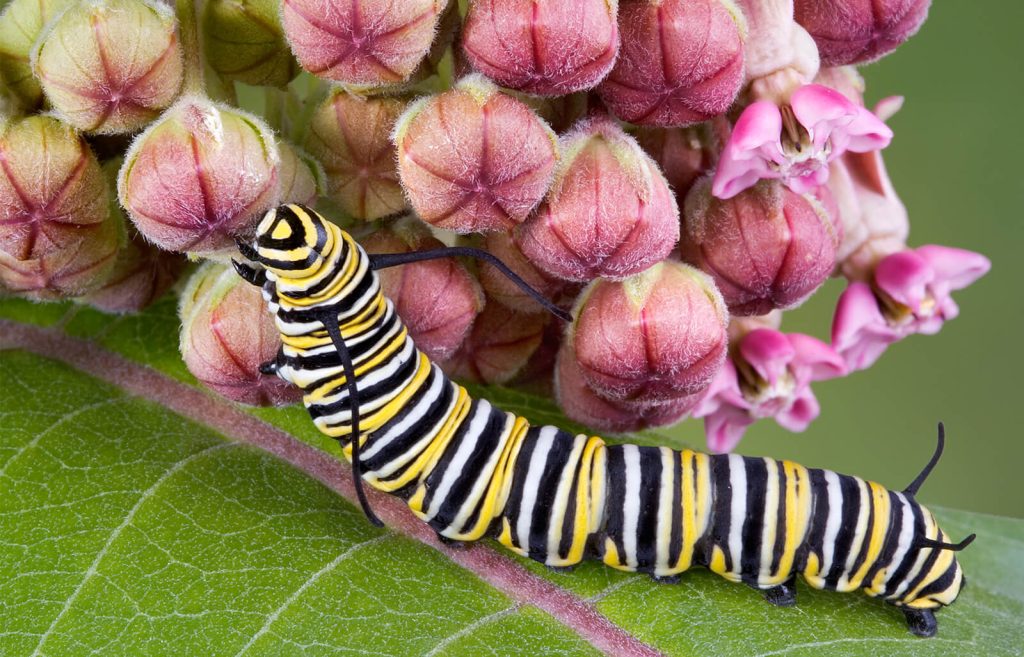
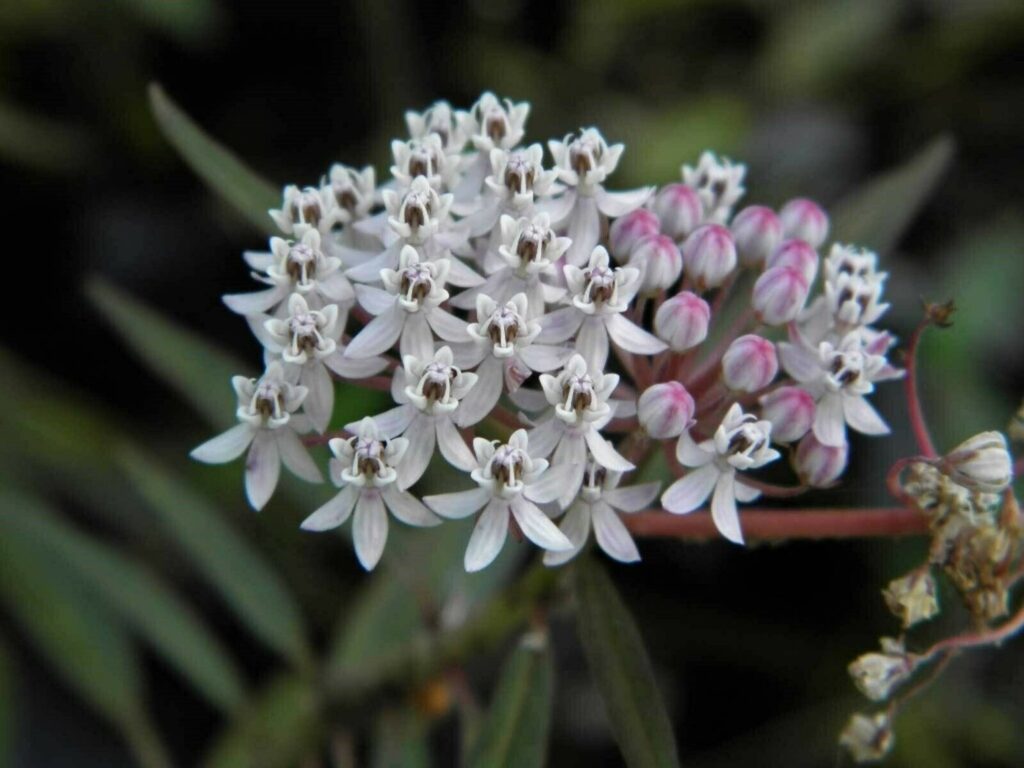
50 Aquatic Milkweed Seeds (Asclepias perennis) White Swamp Milkweed for U.S. Southeast and Midwest
Aquatic Milkweed (Asclepias perennis) is a native perennial that thrives in wet environments. With its beautiful white blossoms and attractive green foliage, it’s an eye-catching addition to any aquatic setting. 50+ seeds.
Remember, all Milkweed species make toxic, milky latex that ultimately protects Monarch Butterfly caterpillars, but could irritate your eyes or skin. So be sure to have an adult supervise you throughout this exciting process.
Johnny Butterflyseed
Let’s get started!
Materials Needed
- Asclepias Tuberosa seeds
- Small pots or seed trays
- Potting soil or seed-starting mix
- Watering can or spray bottle
- Clear plastic wrap (optional)
- Popsicle sticks or labels
- Marker or pen
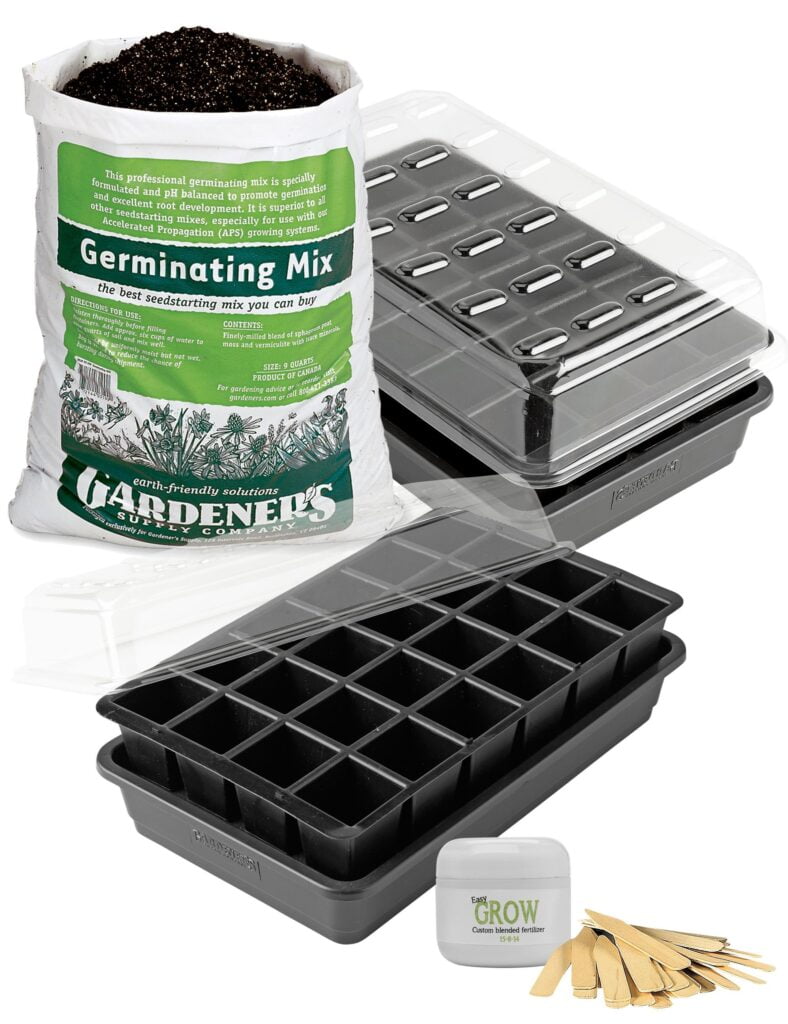

Milkweed Seed 3-Pack for Wetland & Meadow Restoration (A. perennis, A. tuberosa, A. incarnata)
Johnny Butterflyseed offers this field-ready 3-pack of native milkweed seed for those restoring wet edges, open meadows, and forgotten ground across the central and eastern United States. These three species cover a broad range of soils and moisture levels, giving pollinators what they need across the growing season.
Step 1 – Preparing the Pots
1. Fill the pots or seed trays with potting soil or seed-starting mix. Leave about 1 inch (2.5 cm) of space at the top.
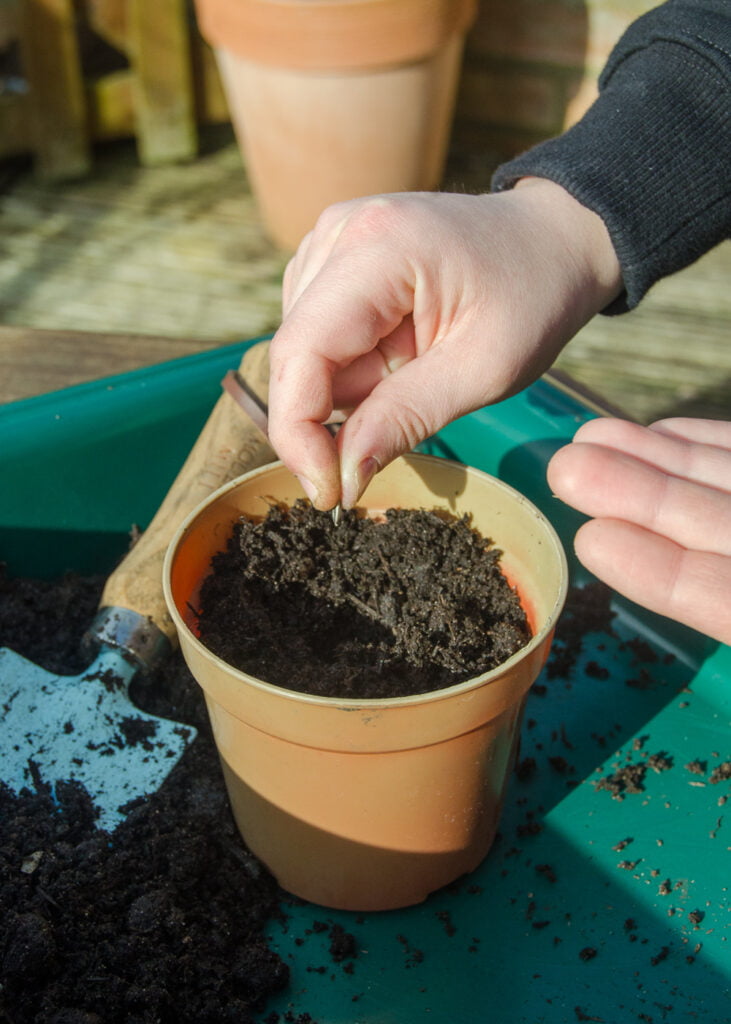
Step 2 – Planting the Seeds
1. Moisten the soil in each pot or seed tray by lightly spraying it with water.
2. Take a pinch of Asclepias Tuberosa seeds and sprinkle them evenly over the soil surface.
3. Gently press the seeds into the soil using your finger or the back of a spoon. Don’t bury them too deep—just lightly cover them with a thin layer of soil; no more than 1/4 inch or 6mm.
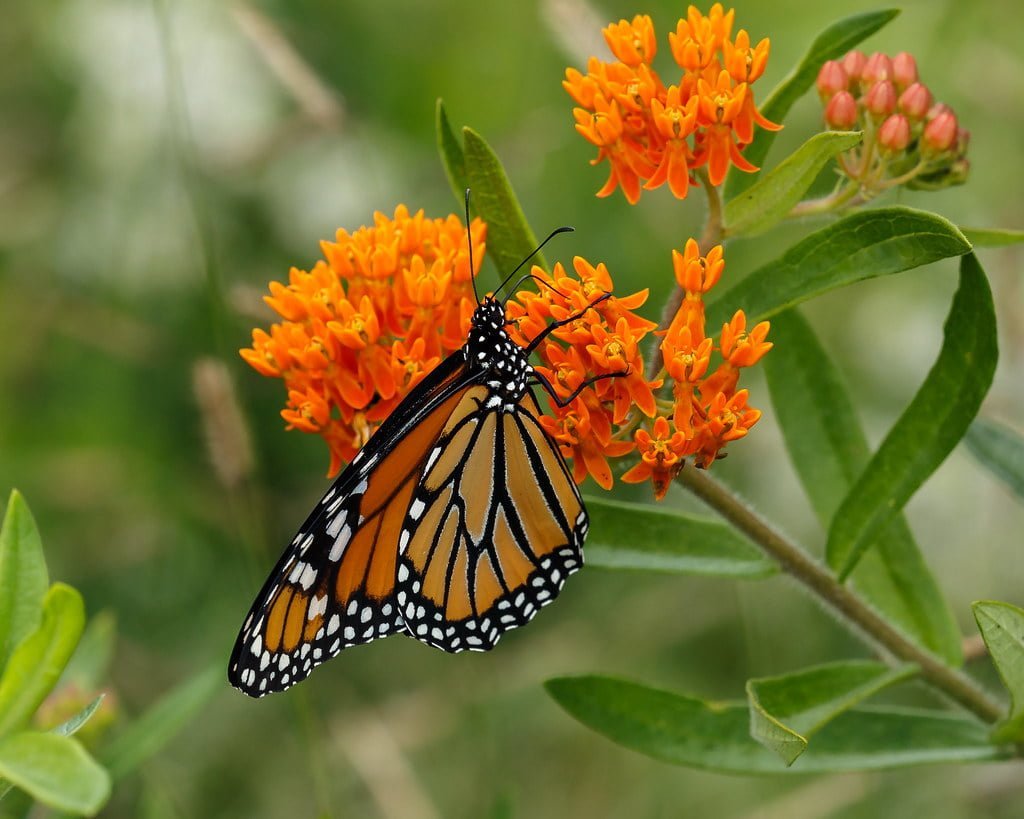
Butterfly Milkweed Seeds (Asclepias Tuberosa) for North America
More than 50 Orange Butterfly Milkweed Seeds (Asclepias tuberosa) originating from tobacco country for most of North America.
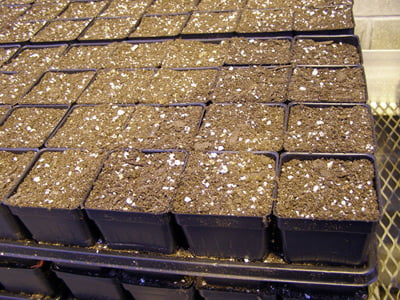
Step 3 – Labeling
1. Take a popsicle stick or label and write “Asclepias Tuberosa” and today’s date on it.
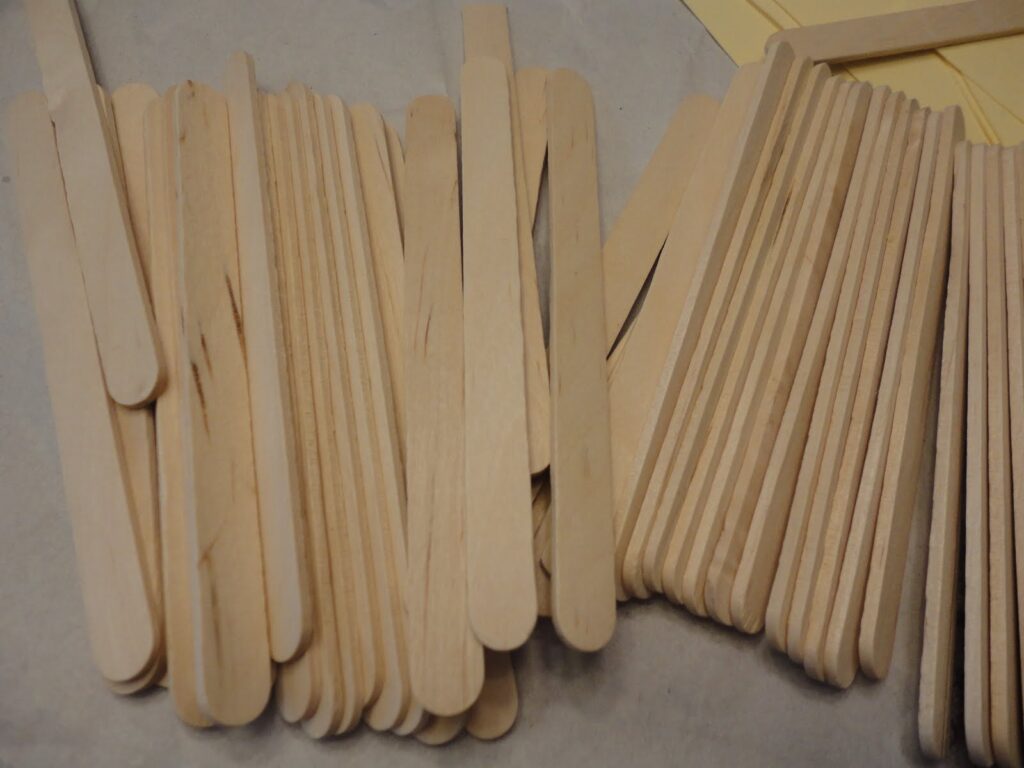
2. Place the stick or label in the pot or seed tray so that you remember what you’ve planted.
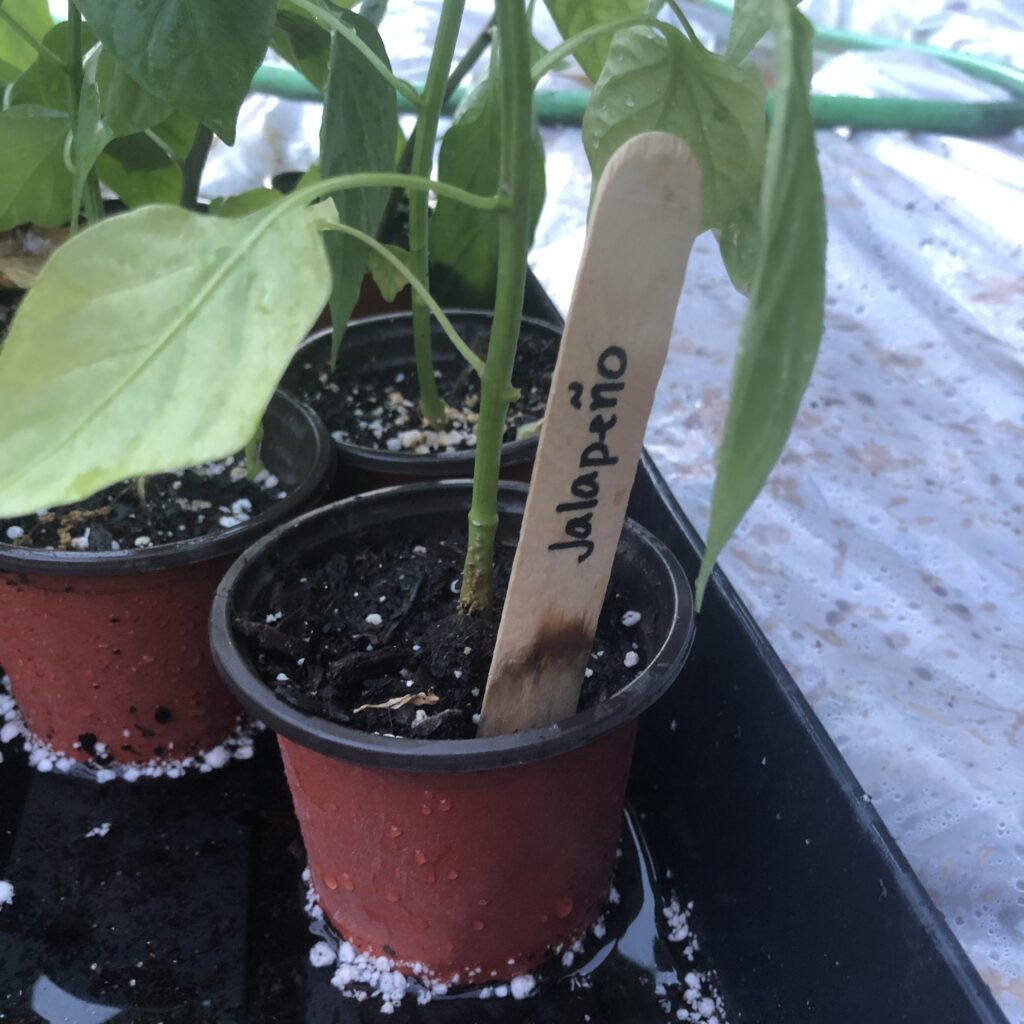
Step 4 – Providing Moisture
1. Using a watering can or spray bottle, water the pots gently, ensuring that the soil is moist but not soggy.
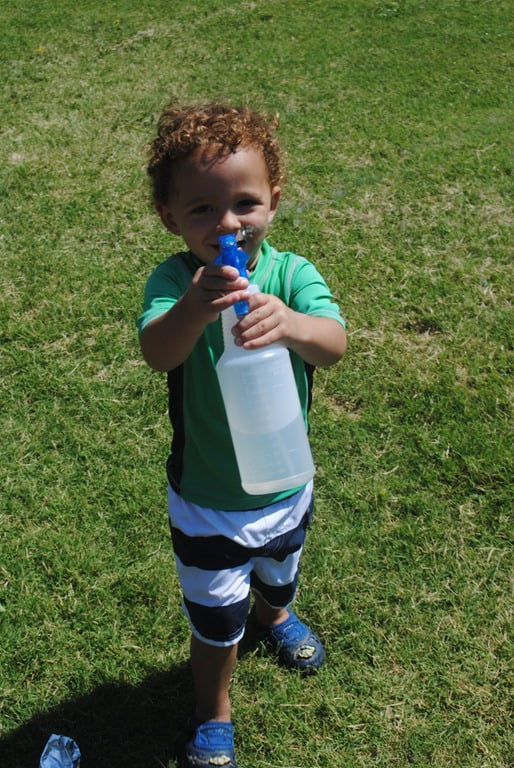
2. You can cover the pots with clear plastic wrap to create a mini greenhouse effect. This helps retain moisture. If you choose to use plastic wrap, make sure to poke a few small holes in it for air circulation.
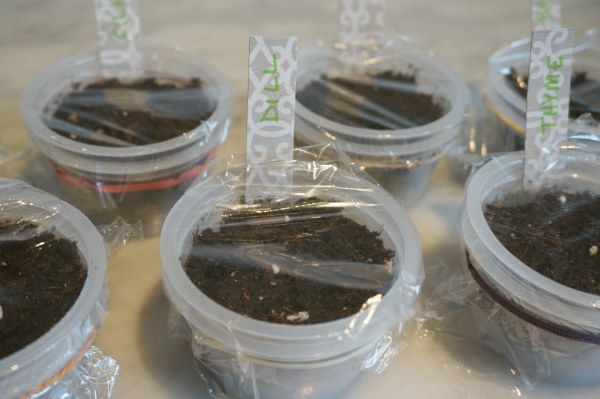
Step 5 – Finding a Location
1. Find a warm, sunny spot for your pots. Asclepias Tuberosa loves sunlight!
2. Keep the pots indoors near a sunny window or outdoors in a protected area.
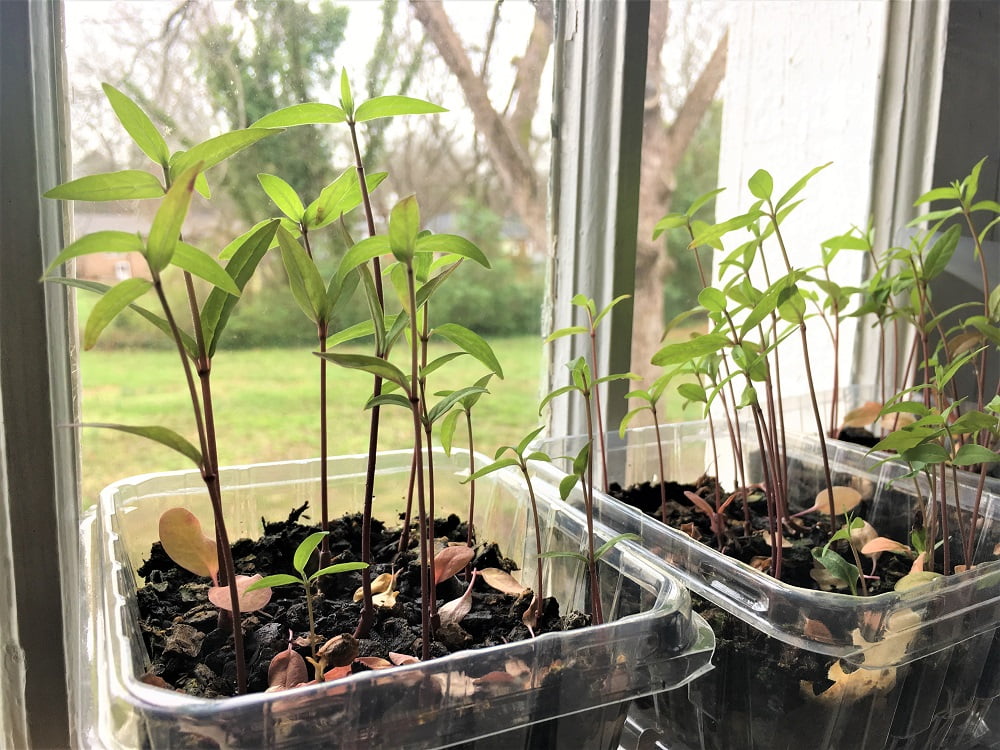
Step 6 – Caring for the Seeds
1. Check the pots regularly to make sure the soil remains moist. If it feels dry, gently water it using a watering can or spray bottle.
2. Remove the plastic wrap once the seeds start to sprout. This usually takes 7-14 days.
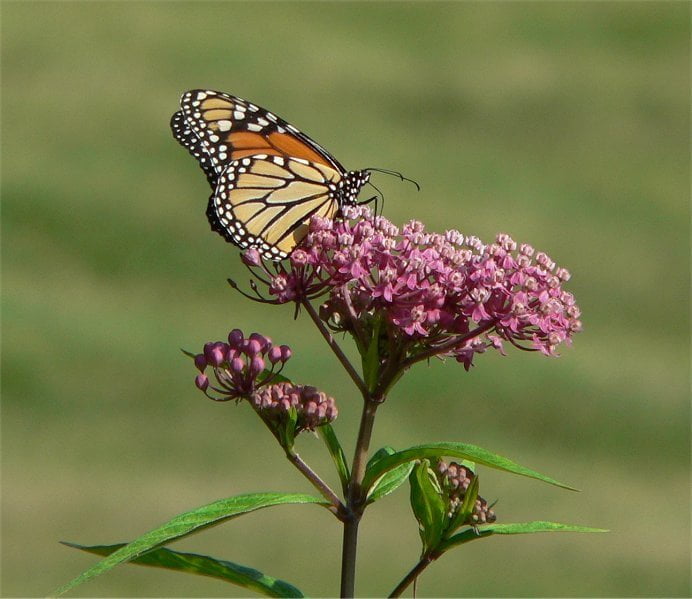
50 Swamp Milkweed Seeds (Asclepias incarnata) for North America
Create a sanctuary that celebrates. Bring the beauty of Swamp Milkweed to your garden with Johnny Butterflyseed’s Premium Swamp Milkweed Seeds.
Step 7 – Transplanting Seedlings
1. Once your seedlings have grown a few inches tall and have several sets of leaves, they are ready to be transplanted.
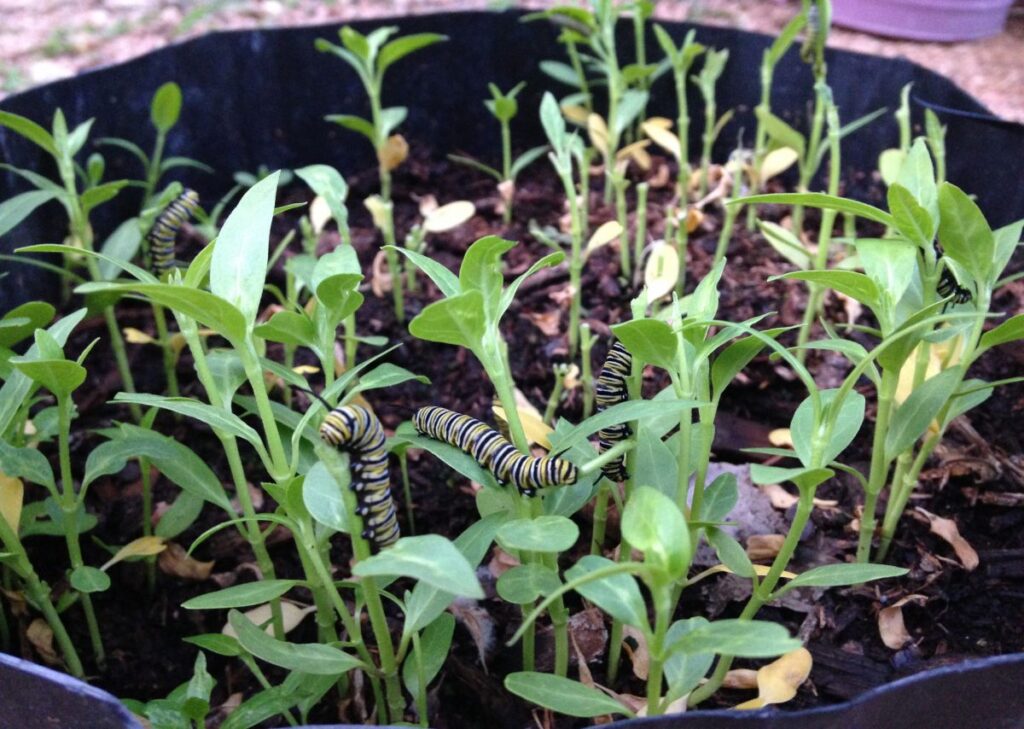
2. Choose a sunny spot in your garden or a larger pot to transplant the seedlings. Make sure there is enough space between each plant.
3. Dig a small hole in the soil and carefully transfer the seedling from the pot, keeping the root system intact.
4. Gently cover the roots with soil and water the newly transplanted seedlings.
Step 8 – Watching Them Grow
1. Keep an eye on your Asclepias Tuberosa plants as they grow. Water them regularly and watch how they develop.
2. Soon, you’ll notice beautiful flowers attracting butterflies and other pollinators to your garden.
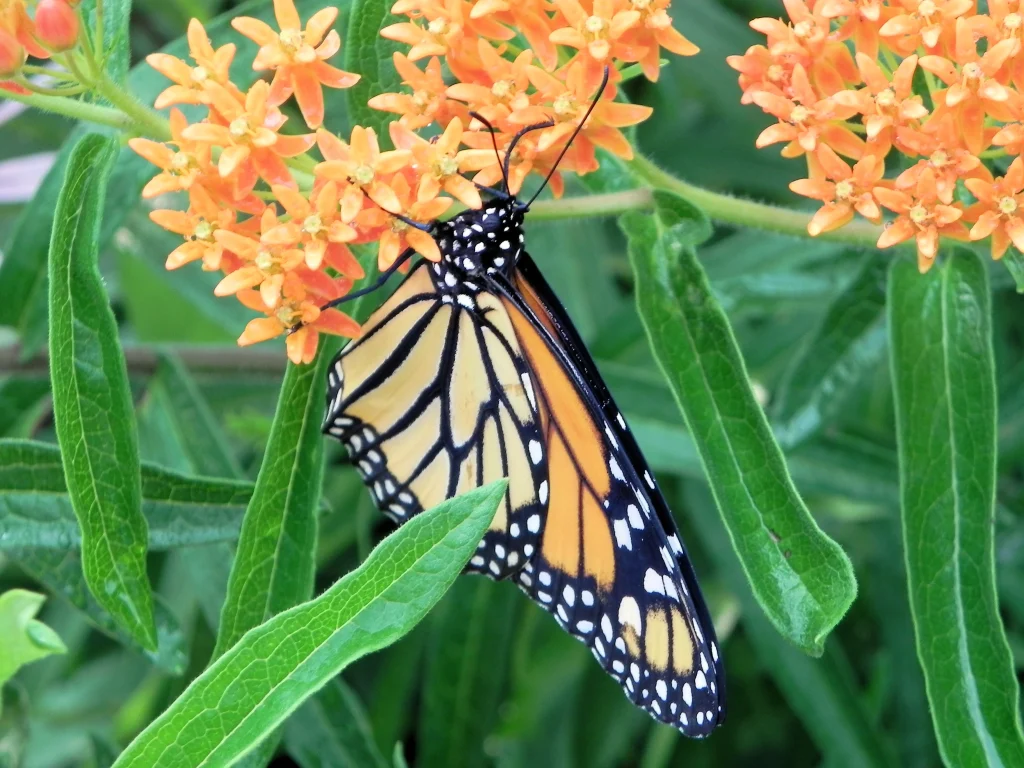
Congratulations, young Butterfly Farmers! You’ve successfully learned how to grow Asclepias Tuberosa from seeds. Take good care of your plants, and enjoy the wonders of nature unfolding before your eyes… one day at a time!
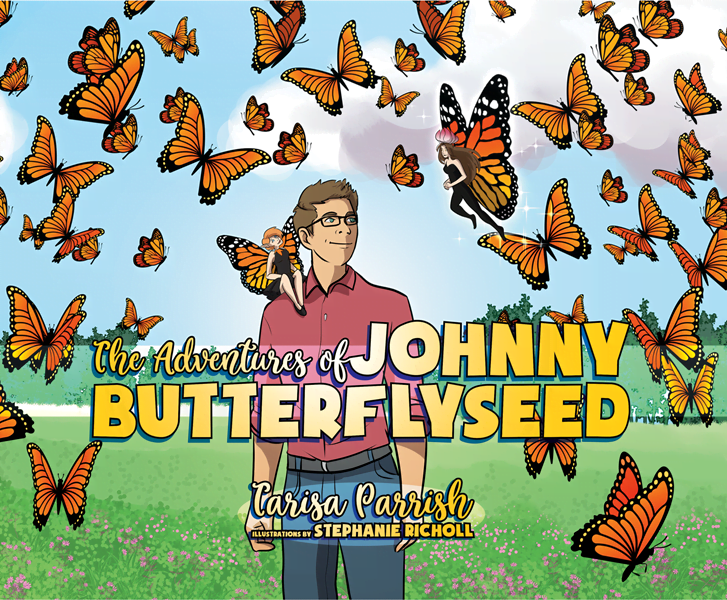
The Adventures of Johnny Butterflyseed – Author Signed First Edition Children’s Book
Save the monarchs!
Johnny Butterflyseed and his fairy friend, Raven Silverwing, embark on a mission to save the rapidly disappearing butterflies. They enlist the help of Queen Venus Goldwing and her kingdom of monarchs to educate and inspire kids to become butterfly farmers. At first, Johnny faces his own internal struggle with self-doubt and fear in his ability to make a difference, but then soon develops a mindset that allows him to not only get started, but also make progress one day at a time. Through challenge after challenge, Johnny learns that he is not alone in his mission and that there are many people who want to help. Together, Johnny, Raven, and Queen Venus educate thousands of children on becoming butterfly farmers.
